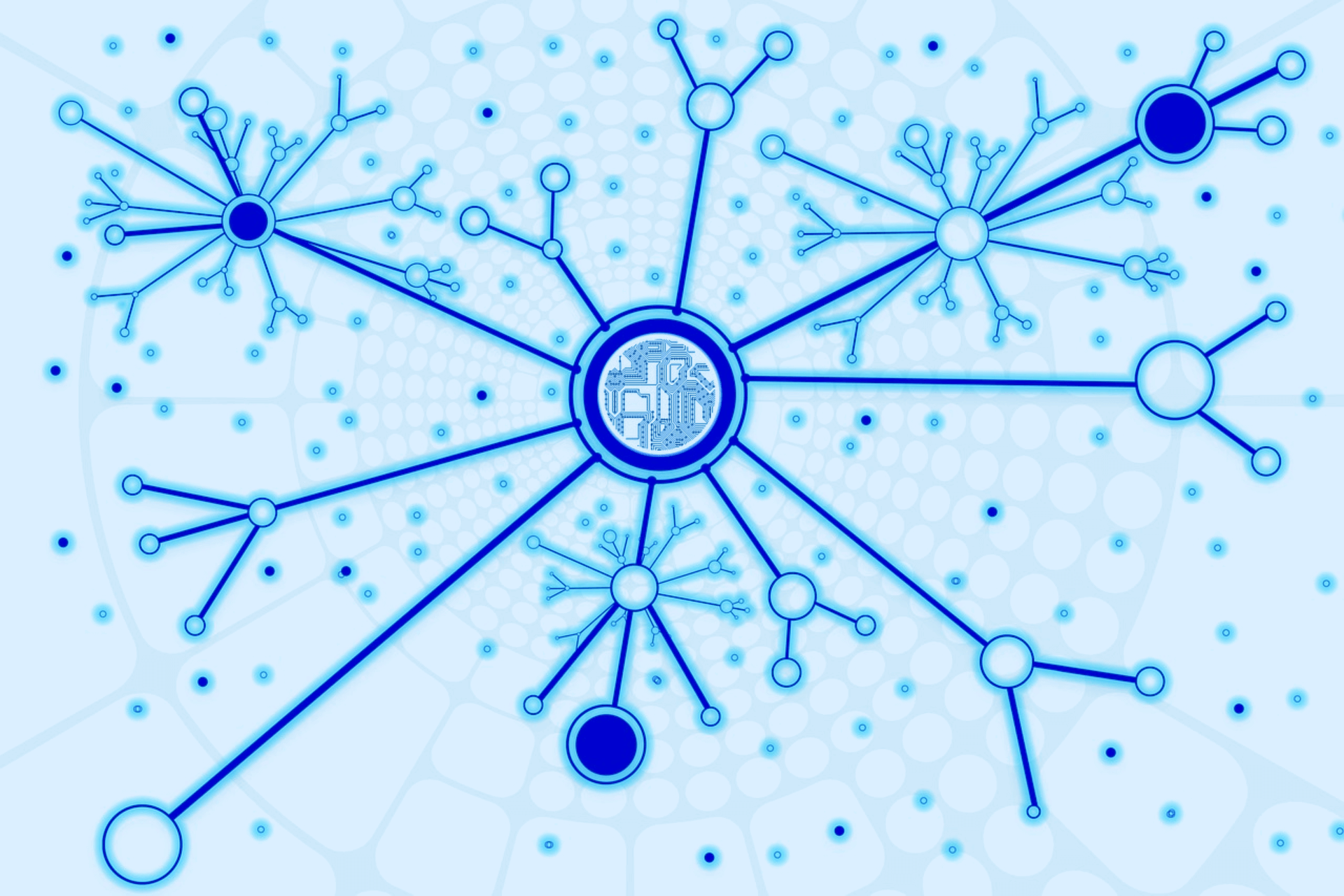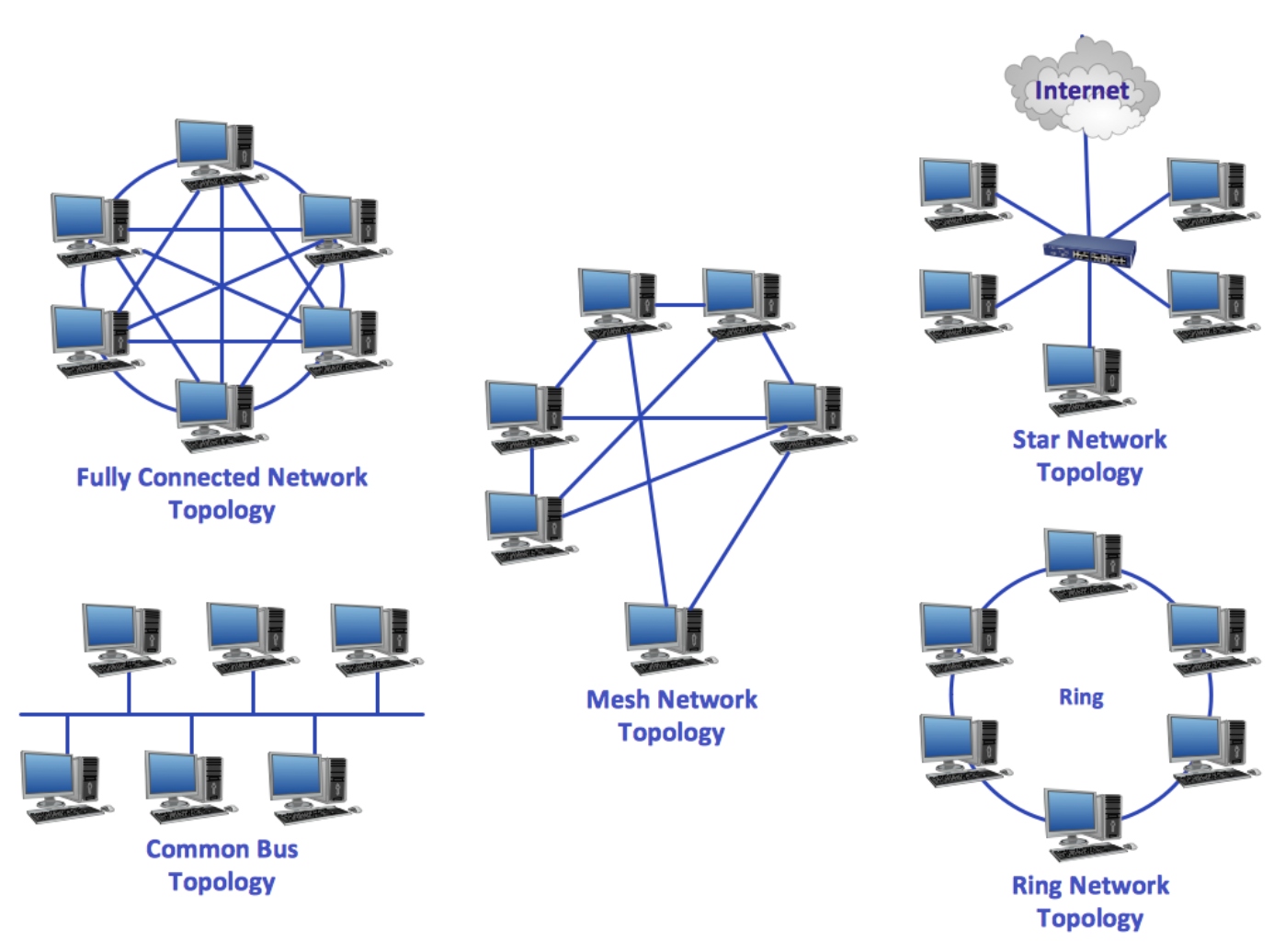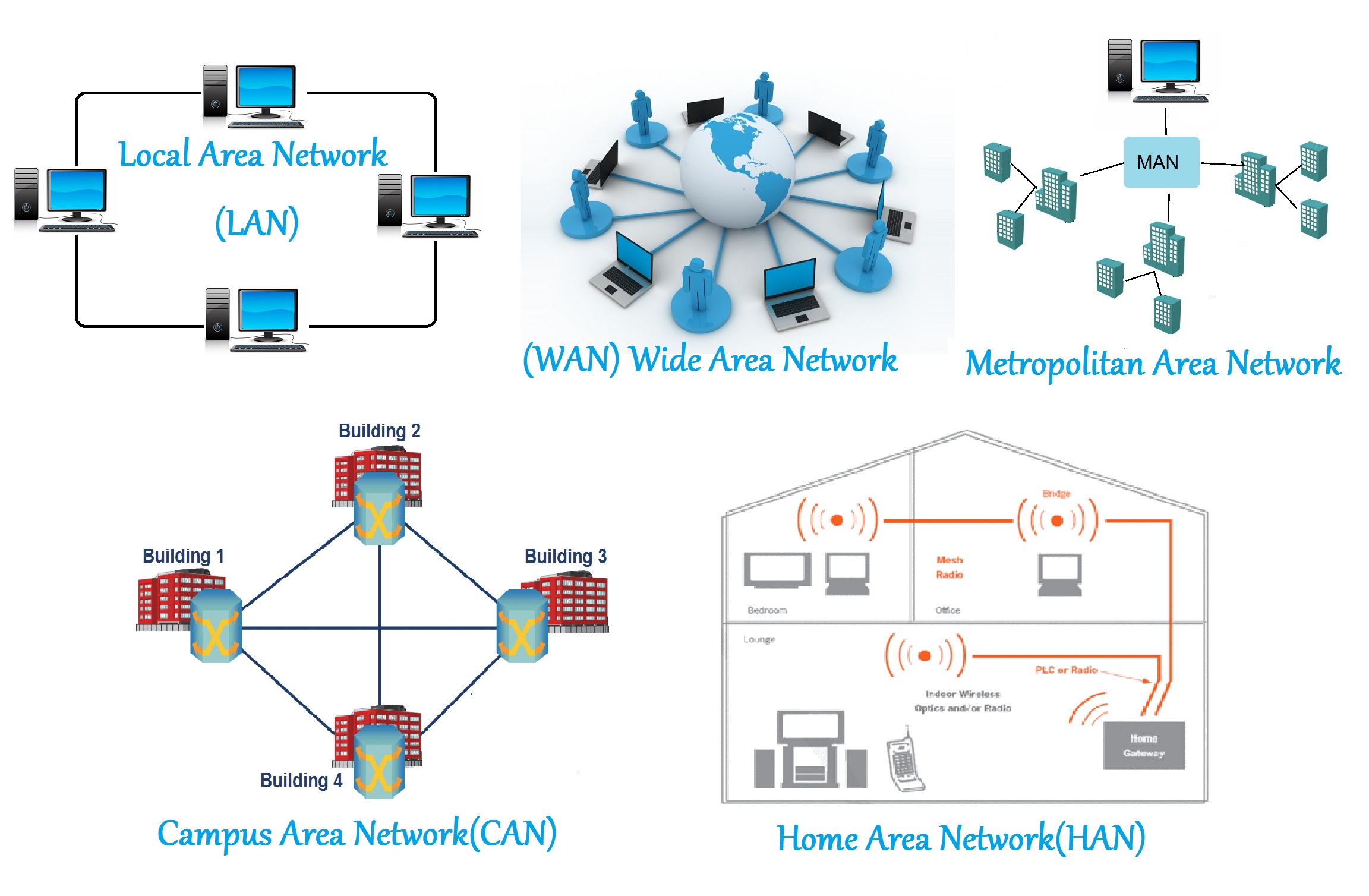Design & manage networks that support traffic not only of today but also of the future, to provide hardcore user-focussed services
Increasingly, technology forces dependent on networking are transforming enterprise architecture. Proliferating mobile devices, sensors, serverless computing, exploding volumes of shared data, and automation all require advanced connectivity and differentiated network design. Indeed, advanced connectivity is fast becoming a linchpin of digital business. Companies are increasingly focused on adding bandwidth, exploring ways to modernize their types of networks with software, and expanding their networking capabilities.

1. What exactly is network design?
Network design is a subset of system design that focuses on data transport mechanisms. Network design aims to meet data communication requirements while minimizing costs. The scope of requirements can vary greatly from one network design project to the next due to geographic differences and the nature of the data that needs to be transported.
What is a network? Connecting machines, which can be computers, computer peripherals, digital telephones, or other digital communication equipment, to exchange data is how we define a network. A network’s data can be voice, video, text, numeric values, or computer-readable code.

Network Design
Source
2. What is networking?
A network is a system that connects multiple independent computers so that they can share information (data) and resources. In addition, users can communicate more easily thanks to the integration of computers and other devices.
A computer network can include servers, networking hardware, personal computers, and other specialized or general-purpose hosts. They are identified using hostnames and network addresses.
We define networking as a collection of two or more linked computer systems. Different networking types can establish a network connection via cable or wireless technology. In any network, hardware and software are used to connect computers and tools.

Networking
Source
3. Why is network design important?
Service quality maintenance becomes extremely difficult without a thorough understanding of network design and how the components of different networks fit together. This is why you need a topology map, which will:
Effective network design and topology mapping can make all the difference in a critical situation requiring rapid troubleshooting.

Network Topology Types
Source
4. How does network design function?
The network design process is typically depicted as a network diagram, which serves as the blueprint for the network’s physical implementation. The cabling structure, a logical map of the network to be implemented, the number of network devices, the type of network devices, the location of network devices, the IP addressing structure, and the network security architecture are all typical components of network design.
The OSI Network Model, which consists of seven layers, is at the heart of all network design.
5. What exactly is the physical layer in network design?
As the name implies, this layer refers to all of your network’s hardware and equipment that can be physically handled. Computers, cables, routers, printers, laptops, and everything in between are included. Wireless and electric signals are also included in the physical layer. At this layer, IT administrators or network designers should focus on ensuring that devices are properly connected and that there isn’t too much distance between connected devices.
This is one of the most important network design layers, especially if you’re creating a network for a large, enterprise-scale environment. The location of your equipment will have an impact on the quality of your service.

Types of Networks
Source
Please wait while you are redirected to the right page...
